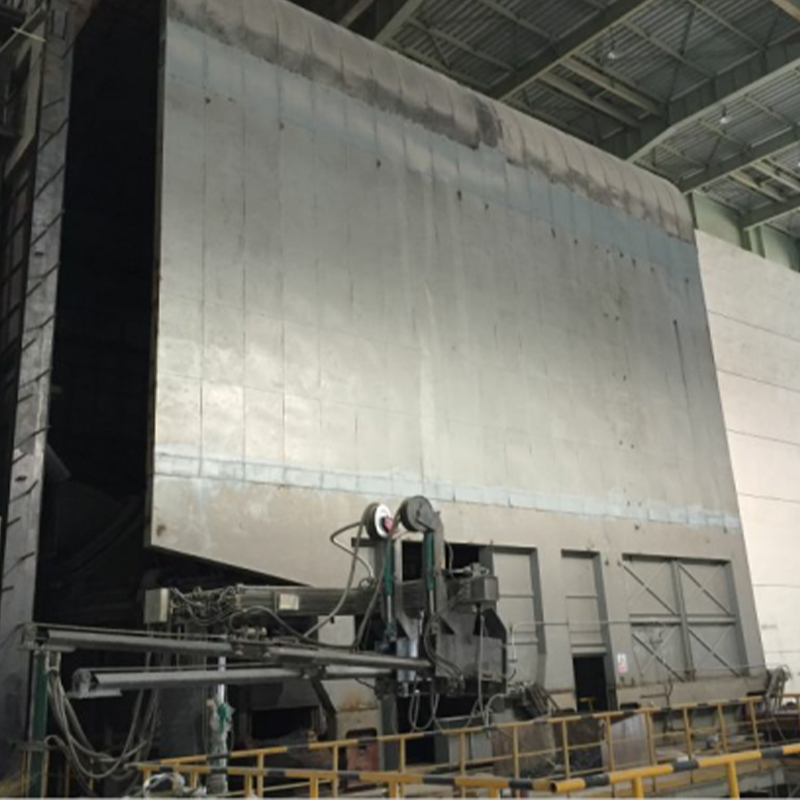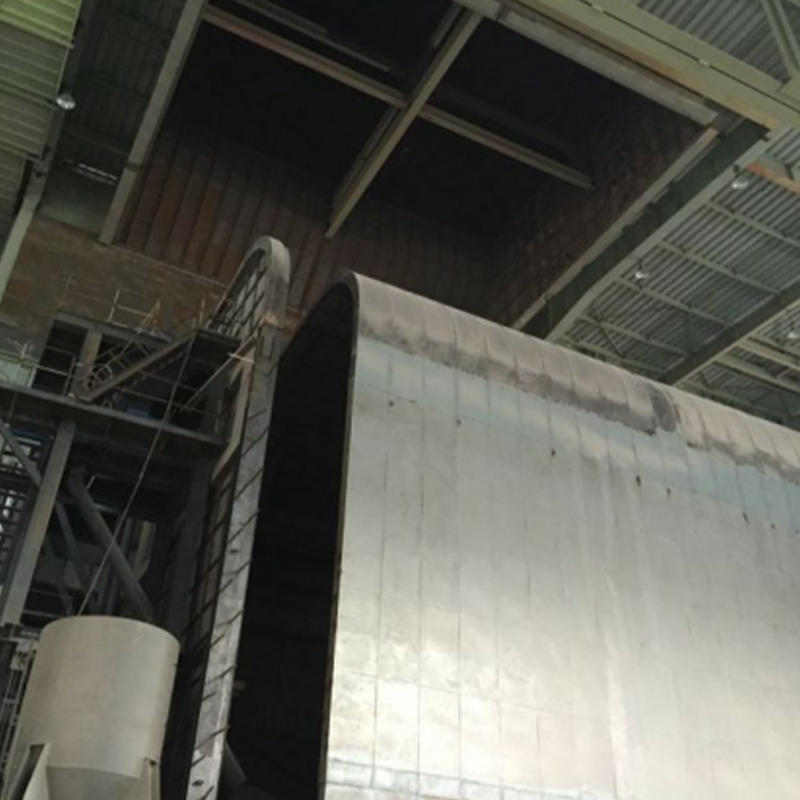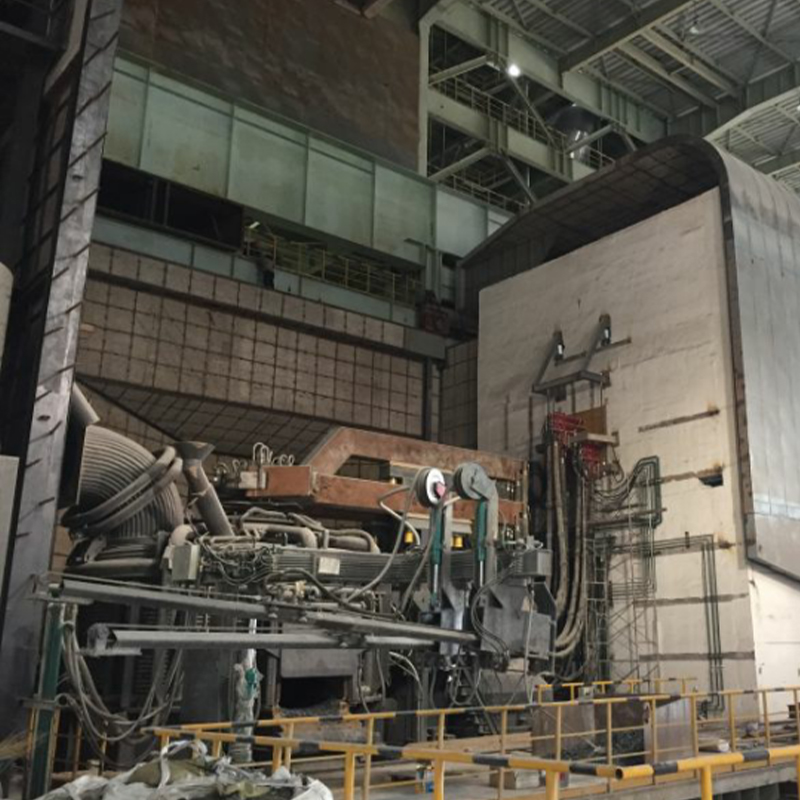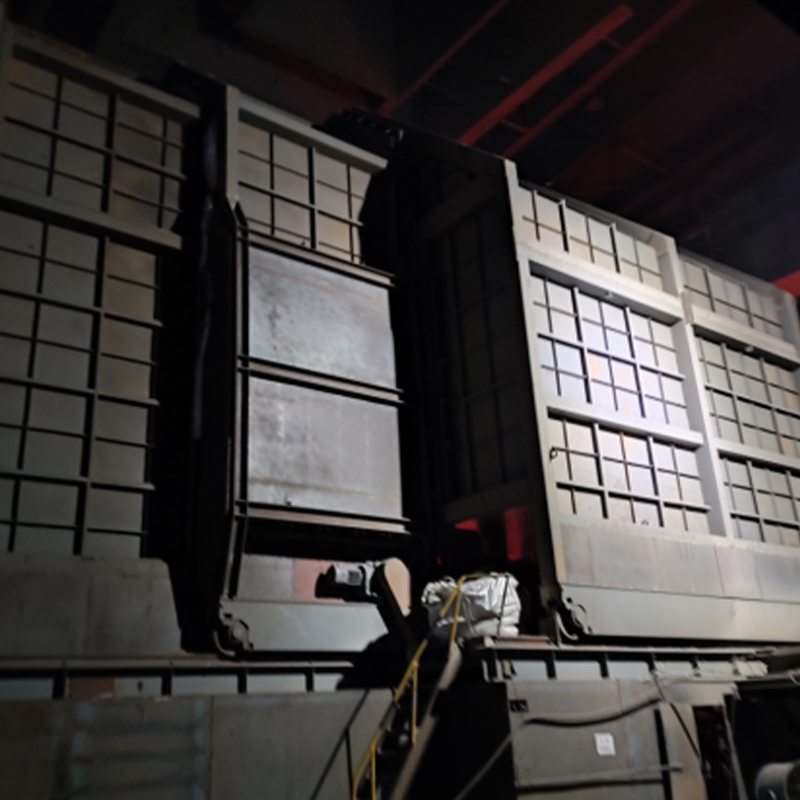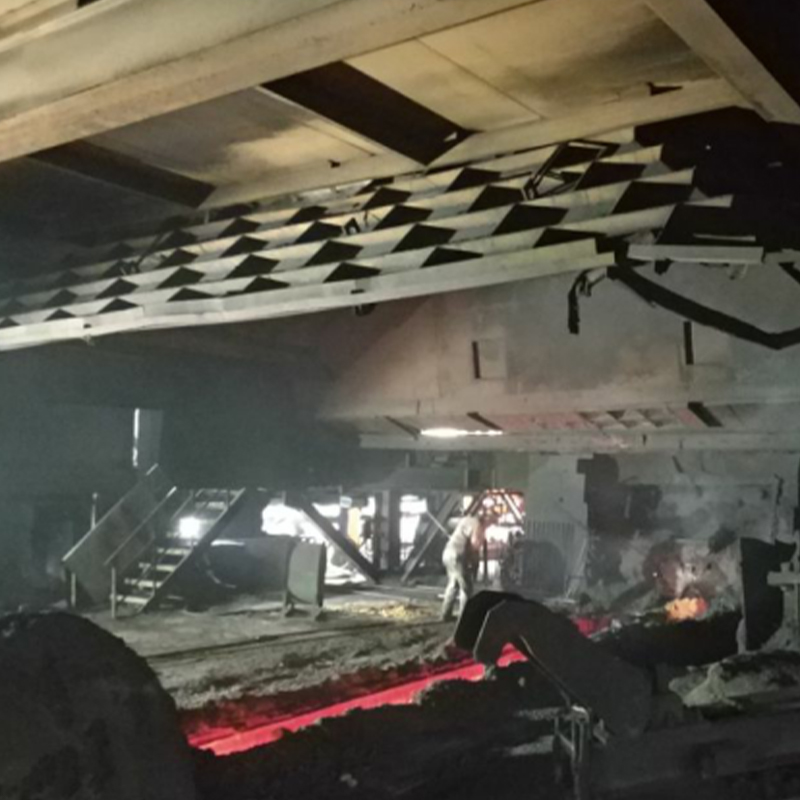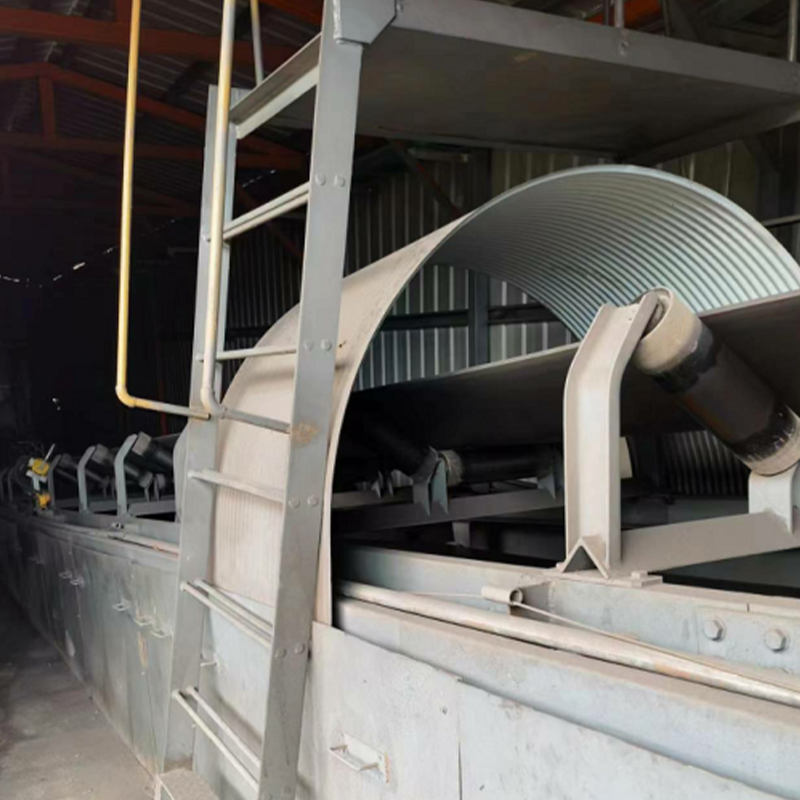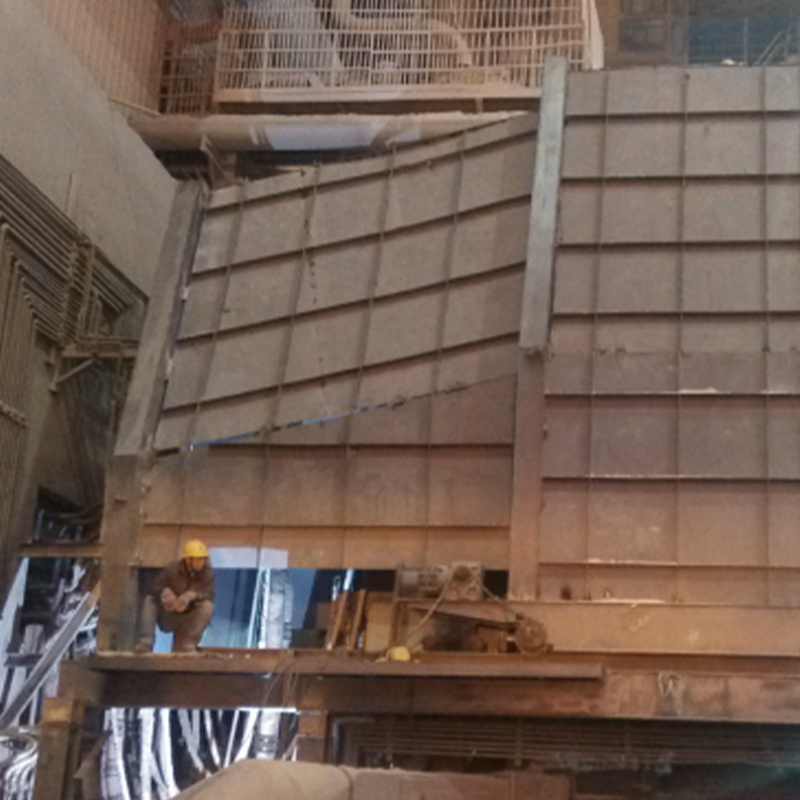Electric Furnace Fully Enclosed Hood
CONTACT US-
How Do Modern Dust Control Systems Enhance Safety and Air Quality?
Introduction Industrial dust has long been a critical concern across sectors such as mining, construction, metal processing, and manufacturing. The inhalation of dust particles, particularly fine particulate matter, may lead to respiratory illnesses, reduced workforce efficiency,...
-
A Comprehensive Guide to Maintaining and Optimizing Dust Control Systems
Introduction In industrial operations, maintaining air quality and minimizing particulate matter is critical for ensuring both environmental compliance and worker safety. A dust control system serves as a cornerstone for achieving these objectives. From heavy manufacturing facili...
-
What Is a Dust Control System? Key Functions and Industry Applications Explained
Introduction A dust control system is a critical solution in industrial and commercial environments to manage and mitigate airborne particulate matter. With increasing awareness of occupational health, environmental regulations, and operational efficiency, industries are adopting...
What are the design considerations for an electric furnace fully enclosed hood?
The electric furnace fully enclosed hood is a critical component in modern industrial dust collection and emission control systems, particularly in steelmaking, foundries, and other high-temperature metallurgical processes. Its primary function is to capture and contain smoke, dust, and harmful gases generated during electric furnace operations, ensuring compliance with stringent environmental regulations while improving workplace safety and air quality.
As industries face increasing pressure to reduce emissions and enhance operational efficiency, the design of an electric furnace fully enclosed hood must balance structural integrity, thermal resistance, gas capture efficiency, and energy consumption.
Material Selection and Structural Design
The electric furnace fully enclosed hood operates in extreme conditions, requiring materials that withstand high temperatures, corrosion, and mechanical stress. Common materials include high-strength steel alloys with refractory coatings or stainless steel with heat-resistant properties. The hood is typically segmented into two or three sections to allow flexibility during furnace operation, such as charging, tapping, and slag removal.
A fully enclosed design ensures minimal unorganized emissions by surrounding the electric furnace operation area completely. The hood’s structural integrity must account for thermal expansion, vibration, and potential mechanical impacts. Reinforced frames, welded joints, and modular panels facilitate durability while allowing maintenance access. Additionally, explosion-proof construction with built-in pressure relief valves mitigates risks from combustible gases.
Gas Capture Efficiency and System Integration
One of the primary objectives of an electric furnace fully enclosed hood is to achieve a high capture rate—typically exceeding 95%—for particulate matter and harmful gases. The hood’s suction ports must be strategically positioned to account for varying gas flow patterns during different furnace operating stages. Computational fluid dynamics (CFD) simulations are often employed to optimize airflow distribution and minimize dead zones.
The hood works in conjunction with a dust removal system, such as a baghouse or electrostatic precipitator, ensuring captured pollutants are effectively filtered before release. An adjustable suction mechanism, often automated, modulates airflow based on real-time production demands, such as furnace door opening or tapping events. This dynamic adjustment enhances energy efficiency by reducing unnecessary extraction during low-emission phases.
Automation and Adaptive Control
Modern electric furnace fully enclosed hoods incorporate automation to improve responsiveness and operational efficiency. Sensors monitor temperature, gas concentrations, and furnace status, triggering adjustments in suction velocity or hood positioning. For example, when the furnace door opens, the system increases extraction rates to counteract sudden smoke release.
Motorized components, such as sliding or lifting mechanisms, enable the hood to adapt to different furnace operations without manual intervention. Track beams and walking motors facilitate mobility for maintenance or repositioning. These automated features ensure consistent performance while reducing labor costs and human error.
Safety and Environmental Compliance
Safety is paramount in the design of an electric furnace fully enclosed hood. High-temperature environments necessitate thermal insulation and cooling systems to prevent structural degradation. Temperature monitoring devices and emergency shutoff mechanisms protect against overheating.
Explosion-proof designs include flame arrestors and pressure relief panels to handle potential gas ignitions. Corrosion-resistant materials extend service life, particularly in processes involving acidic or alkaline fumes. Furthermore, the fully enclosed structure contributes to noise reduction, lowering external sound levels by approximately 25 decibels—a significant benefit for worker health and regulatory compliance.
Energy Efficiency and Operational Considerations
While maximizing pollutant capture, the hood must also minimize energy consumption. Variable frequency drives (VFDs) on exhaust fans adjust power usage based on real-time demand. Heat recovery systems can repurpose waste thermal energy for preheating combustion air or other processes, improving overall plant efficiency.
Maintenance accessibility is another critical factor. Removable panels, inspection ports, and easy-to-replace components reduce downtime. Regular cleaning mechanisms, such as vibratory or pneumatic systems, prevent dust accumulation inside the hood, maintaining optimal airflow.
The electric furnace fully enclosed hood is a sophisticated solution for industrial emission control, combining advanced materials, automation, and safety features to meet modern environmental standards. Its design must prioritize durability, capture efficiency, and adaptability to varying furnace operations. By integrating intelligent control systems and robust construction, industries can achieve sustainable production while safeguarding worker health and regulatory compliance.
As technology evolves, further innovations in materials, sensor integration, and energy recovery will continue to enhance the performance of electric furnace fully enclosed hoods, reinforcing their role in industrial pollution control.



 English
English Français
Français عربى
عربى 简体中文
简体中文


